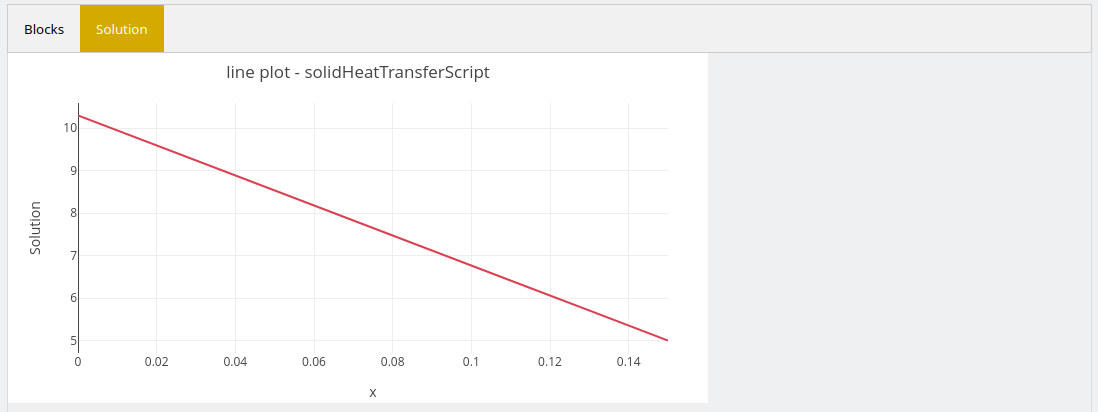

This tutorial demonstrates how to solve the one-dimensional heat-conduction wall problem using the FEAScript platform with a no-code, block-based approach. For the mathematical formulation and theory behind this example, see the JavaScript API tutorial.
The example uses the same mathematical model as described in the JavaScript API tutorial - a steady-state heat transfer problem through a wall with a convection boundary condition at the inner wall and a constant temperature at the outer wall. This visual platform approach produces the same results as the JavaScript API implementation but allows you to set up and solve the problem without writing any code.
Follow these steps to load and run the Heat Conduction in a 1D Wall simulation:

Screenshot of FEAScript Platform Control Panel
You can download this file from the FEAScript platform examples repository .

The loaded block diagram showing the complete 1D wall simulation setup
These blocks represent the same setup as described in the JavaScript API tutorial. If you need help understanding the different block types and their functions, refer to the FEAScript platform help page.
This will execute the blocks in sequence, performing the finite element analysis.

The temperature distribution graph showing how temperature varies through the wall thickness
The results are the same as those obtained from the JavaScript API tutorial.